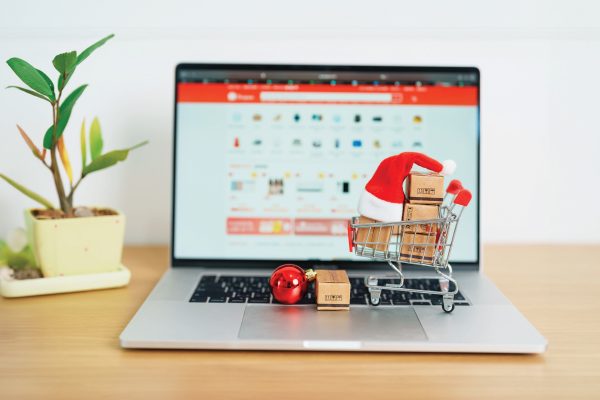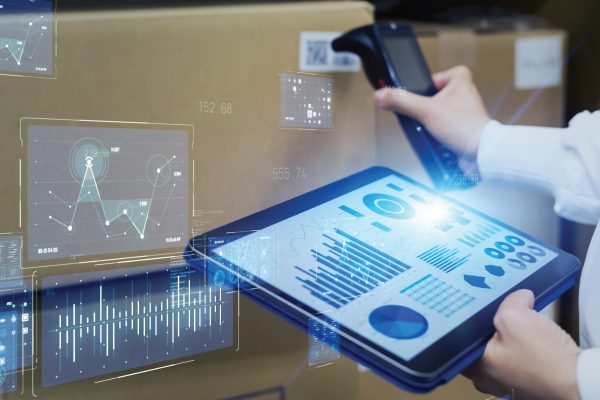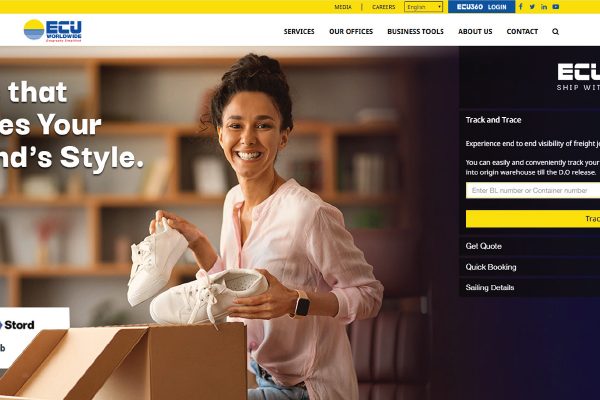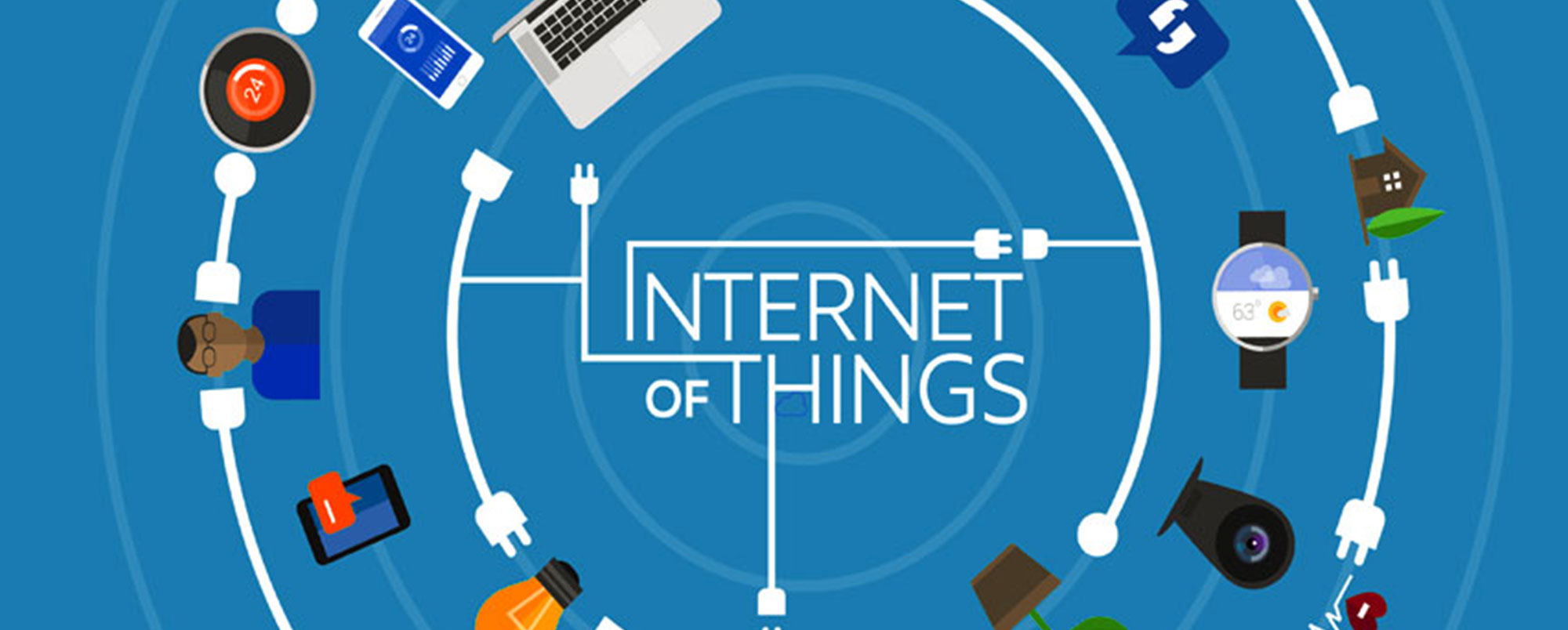Using IoT Data to Understand How Your Products Perform
We’ve all seen some eye-bulging numbers in recent years about the internet of things (IoT). Since 2011, General Electric has publicly stated it would spend more than $1 billion on developing sensors, wireless devices, and related software to install on its aircraft engines, power turbines, locomotive trains and other machinery. Companies such as Ford, Toyota, and Caterpillar have invested heavily as well. And our own survey of 795 large companies (average revenue of $22 billion) in North America, Europe, Asia-Pacific, and Latin America found average per-company spending on IoT initiatives — $86 million in 2015 — was projected to grow to $103 million by 2018.
Yet it would be a mistake to think the IoT is a game only for high rollers and crack technologists. Our research and client engagement experience has shown us that generating strong returns from the digital sensors, wireless communications devices, digital cameras installed in buildings and other smart, connected devices does not come down to writing big checks or being technologically savvy. The companies with the greatest value from IoT to date are the best at dealing with how products are performing for customers.
Once you accept that, it becomes a lot easier to understand what you need to do to get value from IoT.
Of course, every company eventually gets the truth about how its products and services are performing for customers. The call center logs customer complaints. Spot surveys become snapshots of limited customer input. More recently, social media monitoring tools have given companies the means of seeing who’s sounding off on their offerings around the clock and around the world. But for many companies, such truth often comes too late — after customers have decided to find another supplier.
Consider a recent example: A friend’s coffeemaker that he purchased two years ago just went on the blink. It was an expensive machine, but it’s past the warranty period. His wife called the manufacturer, who walked her through a troubleshooting routine, but to no avail. The rep then said the company would mail the customer a diagnostic tool in 7-10 days so the customer could troubleshoot it further.
Like the two-thirds of American adults who consume at least one cup of coffee a day (according to Gallup), he and his wife are miffed. They need a coffee maker right away, and won’t wait at least a week to get a possible fix for the machine they have. They told me they will now buy a competing brand.
The manufacturer could have avoided losing its customer had it installed a wireless digital sensor that reported on how well the machine was performing. If it had, the firm might have been able to alert the customer that the machine was headed for downtime before it happened, and sent the diagnostic tool before it broke down. Now the company will lose out on the big revenue stream from this customer that follows the machine: the money from its coffee pods.
This kind of data, on how a company’s product is performing in the field for customers, is, indeed, the ultimate truth because it can alert companies to product problems and customers who are about to defect. This truth could be very different from what the company thought it was or was marketing it as. It is the ultimate truth because most companies get this information far too late, when a loyal customer has left them behind without a “Dear John” note.
In our survey, we found that as of last year, only 26% of big companies had put IoT technologies into their products. In other words, three out of four didn’t have the means to get the ultimate truth on product performance. What’s more, that percentage generally goes down the lower the price of a product. For example, only 6% of companies selling products with less than $100 price tags had embedded wireless sensors in their offerings. In contrast, 54% of companies whose products’ average sales price was between $1 million and $10 million did have digital sensors that communicated product performance back to them.
But even if your firm has installed IoT technologies in its products, that doesn’t mean it’s about to get the ultimate truth about those products or that it will do something with that information. That requires your firm to do much more.
We see four key elements of using the IoT to get the ultimate truth on product performance:
- Getting customers to agree to have their products monitored, which in turn means giving them something of value in return. To get value from the IoT, you have to give value first. Or as Intel Corp.’s vice president and GM of its $2 billion IoT business Jonathan Ballon says: “The benefit has to be to customers. There has to be a value exchange,” he told us. This is especially the case when a company’s wireless sensors are transmitting sensitive customer data such as medical conditions. HP Inc., the part of the old Hewlett-Packard that makes printers, printing ink, PCs, and other digital devices, has found the same thing in its HP Instant Ink initiative. HP outfitted its printers in 2013 with wireless sensors that monitor ink levels and automatically trigger reorders before customers run out. So HP dangled cost savings of up to 50% and reduced headaches for customers (i.e., running out of ink), and it enticed many customers. The CIO of HP Inc., Naresh Shanker, told us: “There has to be customer value — cost savings, very high-quality ink, a great customer experience — all of that.”
- Product performance data must be processed and acted upon quickly. Had my friend’s coffee maker been equipped with a digital sensor, the manufacturer may have had the chance to keep him a loyal customer. But that would have required it to be able to quickly process huge volumes of digital data (think about companies with millions of customers and millions of products in the field). And that would have then required the company to trigger an automated response, e.g., a customer call center to reach out to the customer; an email to be sent out saying (for example) that they’ll try to diagnose and fix the problem remotely; and then (if the fix is deduced) an enterprise resource planning system that is triggered to order a part to arrive at the customer (if the customer can fix it himself) and issue a bill for that part. In other words, a company’s IoT systems must be connected to its ERP systems for billing, distribution, repair and other activities to “make the product right.” So now the “product” is not just the physical object that was sold to the customer but also the entire set of systems and experiences that stand behind it.
- A culture that accepts the truth, however bad. Of all the technologies that companies have implemented in the last 50 years, the IoT may face the greatest organizational resistance. What product line leaders, production heads, or R&D executives will want the CEO to know on a daily basis that the products that they developed and delivered are having trouble in the field with customers? Said Intel’s Ballon, “Without question, the biggest barrier to the internet of things by a large margin is cultural. It’s organizational inertia that gets in the way. People are afraid what new technologies might reveal about the business.” From our survey, we found one of the many ways companies that had gained the biggest benefits to date from the IoT differed from the rest is the support for IoT at the top of the company. “The companies I find that are brave are driving this change from the top,” said Ballon. “The more timid and change-averse companies tend to dig in with their feet, get lost in the weeds, and take too long to make technology decisions.”
“Reimagining the business” must become the mantra. Digital technologies like the Internet of Things allow companies to do things operationally that were impossible or infeasible before. Technology for monitoring product performance has been used for decades but largely on very expensive and critical products such as public elevators. (You don’t want people to be trapped in an elevator very long, and companies like Otis Elevator have outfitted their products for years with technologies that report on such outages). The Internet of Things gives companies the opportunity to monitor product performance of the cheapest of products. For example, Procter & Gamble has had an electronic toothbrush with wireless sensors for two years. In our research, we found companies such as grocery giant Kroger reducing checkout lines through technology that monitors its stores. Auto insurers have been offering usage-based policies based on technologies that track the way customers actually drive simply by leveraging their customers’ existing smartphones. The opportunities to reimagine how to do business are abundant. But they only happen to companies that are open to reimagining the way they’ve done business for years.
When companies are prepared to deal with these four, they will be far more likely to see and act effectively on the possibilities of the Internet of Things. By dealing with the ultimate truth well — how their products are performing every day for customers — they will be far more likely to keep their customers for the long haul.













